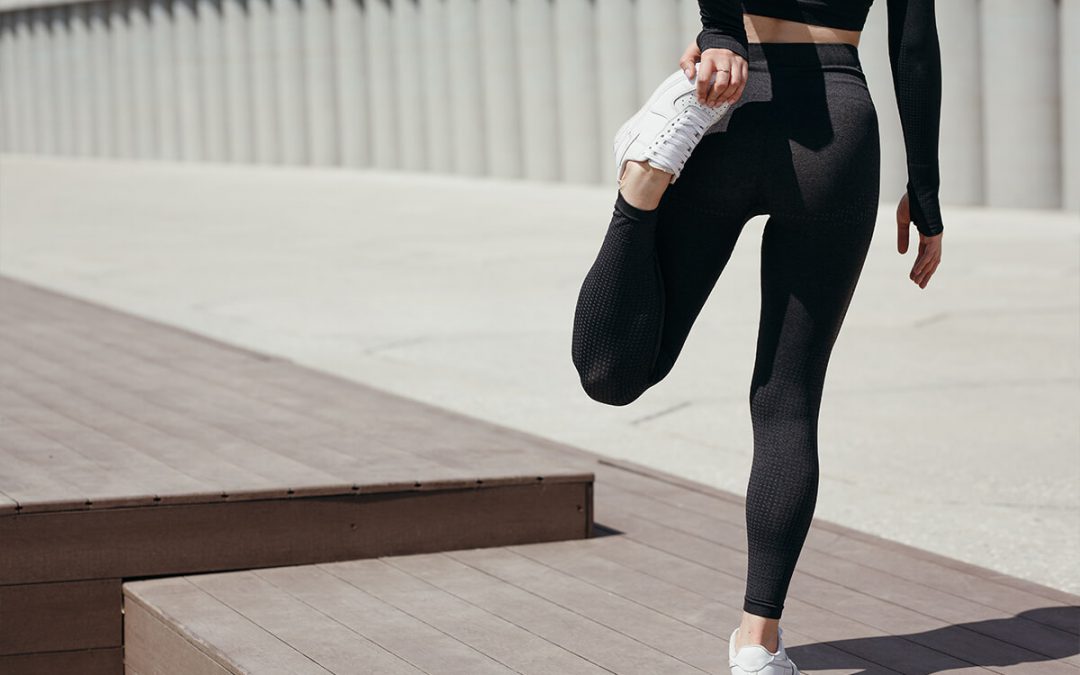Squats are such an effective compound exercise that there are loads of different variations of them. Just when you thought you’d heard all the alternatives, oh hello, there’s another one.
Any functional body movement that works and engages that many muscle groups is worth its reputation. The squat delivers on all of the above and can help you to improve lower body strength and endurance whilst engaging key stabiliser muscles like the core too.
By making slight changes to the movement like stance, resistance, or direction, the focal muscle group shifts, and you can engage more of a particular area than the traditional version.
That’s what the sissy squat aims to do. Let’s get acquainted with it.
Are you an employer? Hussle now offer flexible, discounted access to our fitness venues as an employee benefit. Elevate employee wellbeing.
What is a sissy squat?
A sissy squat is a quadricep targeting exercise that focuses on leaning backwards and bending from the knee to achieve the bottom of the position, rather than hinging from the hips and sitting down like in a traditional squat.
The sissy squat is incredibly difficult to achieve free-standing, so it often relies on a simple bit of kit that keeps the feet and calves in place. This helps with your balance which is usually the thing that gets in the way of the perfect sissy squat.
How do you do a sissy squat?
1) Place your heels should on a slightly raised surface, like a weight plate.
2) Keep your feet shoulder-width apart, toes pointing forwards, shoulders back and down, and your hands on your hips.
3) Bend at the knees and lean the body backwards, so that the tension comes into the front of your thighs.
4) Lower back as far as you can, keeping a neutral spine throughout. You should form a straight line from your knees to your head.
5) Pause at the bottom before slowly pushing back up to the starting position.
What muscles does the sissy squat work?
Sissy squats are all about the quads. This variation of the movement is designed to target the quad muscles much better. The glutes and hamstrings are less involved, and all the tension falls onto the upper thigh.
You’ll also use your core to stabilise and support the movement. To keep a neutral spine and create that straight line from the knees to the top of the head, you’ll need a strong and stable core to help you do so. That’s all the muscles in your torso that wrap round the centre of your body in your stomach, sides, and back.
Are sissy squats dangerous?
Sissy squats are incredibly difficult. If you’re not quite ready to take on the movement, a sissy squat might cause your knees or ankles to overcompensate in the movement, and you’ll be at risk of injuring your joints.
Make sure to build up to a sissy squat if it’s something you’re looking to achieve. Start by building strength in the core and quads with other isolated exercises first. Leg presses and planks can be useful exercises to help you get there safely and effectively.
Spend time working on your ankle and hip mobility with some gentle exercises in these areas on regularly.
Before attempting it unassisted, the use of a sissy squat machine can be really helpful in supporting you whilst build yourself up to the full thing.
Are sissy squats good for the knees?
When your quad muscles aren’t yet up to the job, your knees will take a lot of the impact instead. This can result in some serious injury if you’re not careful.
Building up to the movement slowly and gradually first is key. Focus on your mobility as well.
It’s important to avoid locking out your knee joint at the top of the movement and always keeping a soft bend in it.
When you keep all of these things in mind, you should be able to sissy squat safely without hurting your knees. If they do start to hurt, always stop.
Should you use weights for a sissy squat?
A weighted sissy squat is yet a further progression of an already incredibly difficult exercise. It’s traditionally done with bodyweight only because even this is hard to master.
Take extreme care when taking in one step further, and make sure your quad muscles are definitely up to it before adding a load to this exercise.
It can be difficult to fit fitness in. If only you had a flexible pass that gave you access to multiple gyms across the UK and an online fitness subscription all in one. Oh, wait.



